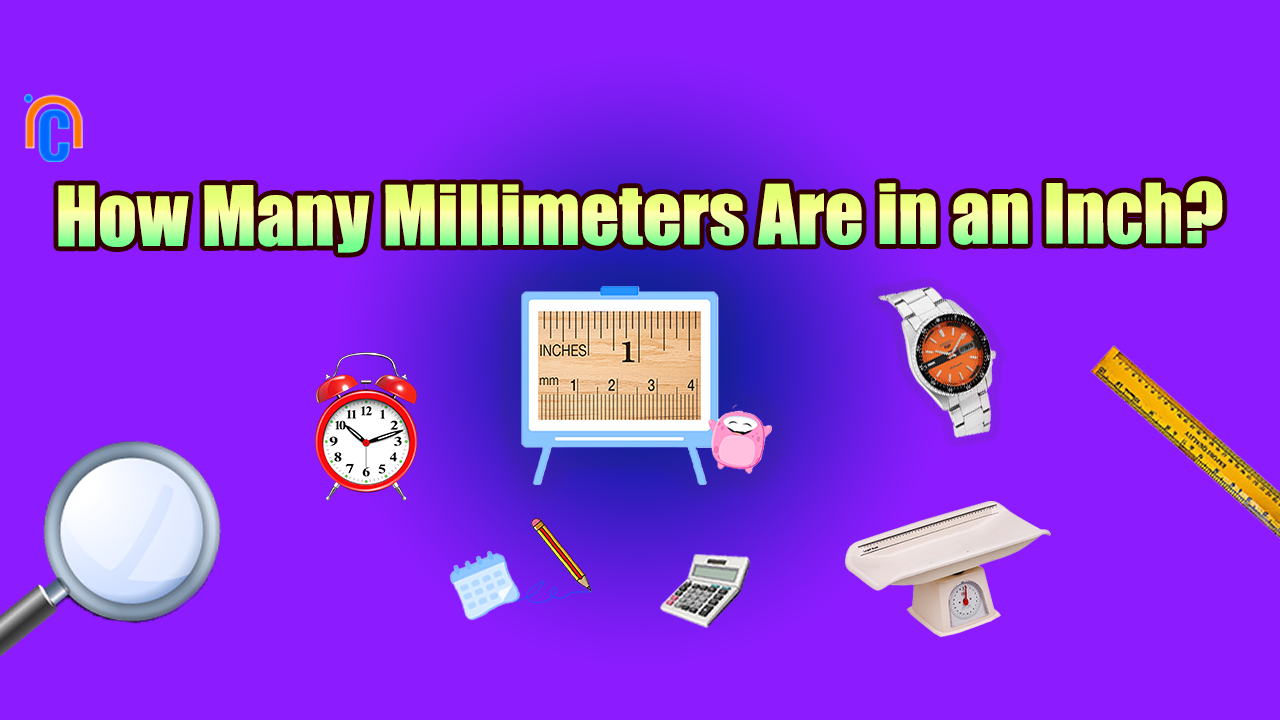Introduction
Understanding unit conversions is crucial for various fields, including engineering, construction, and everyday measurements. One of the most common conversions is inches to millimeters (mm). In this article, we will explain exactly how many millimeters are in an inch and how to perform quick and accurate conversions.
How Many Millimeters Are in One Inch?
An inch is exactly 25.4 millimeters. This is a standardized value used in metric and imperial measurement systems worldwide.
Formula for Converting Inches to Millimeters
To convert inches to millimeters, use this simple formula:
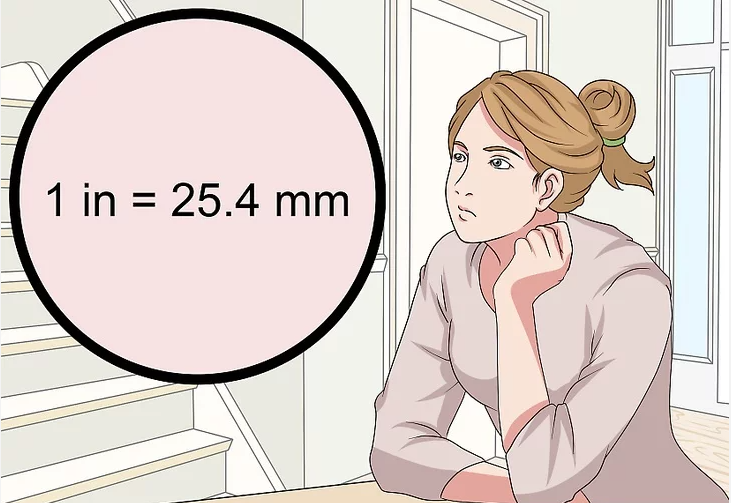
For example:
- 1 inch = 1 × 25.4 = 25.4 mm
- 2 inches = 2 × 25.4 = 50.8 mm
- 5 inches = 5 × 25.4 = 127 mm
- 10 inches = 10 × 25.4 = 254 mm
Inches to Millimeters Conversion Table
| Inches | Millimeters |
|---|---|
| 1″ | 25.4 mm |
| 2″ | 50.8 mm |
| 3″ | 76.2 mm |
| 4″ | 101.6 mm |
| 5″ | 127 mm |
| 10″ | 254 mm |
| 12″ | 304.8 mm |
| 24″ | 609.6 mm |
Why Is This Conversion Important?
- Engineering & Manufacturing: Precision in inches and millimeters is essential for product design.
- Construction & Carpentry: Many blueprints and measurements include both units.
- Science & Medicine: Millimeters are often used for accuracy in medical fields.
- Everyday Use: Understanding measurements is useful when buying electronics, furniture, or fabric.
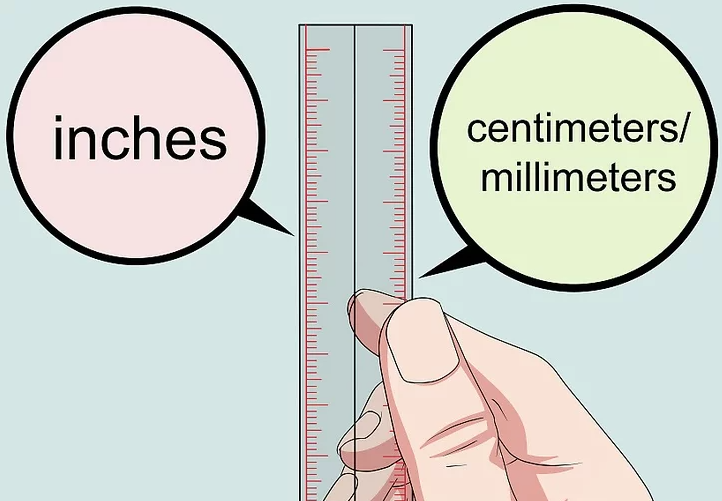
How to Convert Millimeters to Inches?
To convert millimeters back to inches, use this formula:
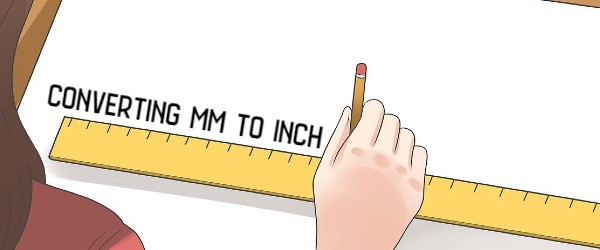
For example:
- 50.8 mm = 50.8 ÷ 25.4 = 2 inches
- 127 mm = 127 ÷ 25.4 = 5 inches
Quick Tips for Easy Conversion
- Remember: 1 inch = 25.4 mm for quick calculations.
- Use online converters or a calculator for precise results.
- Estimate Roughly: Since 10 mm is 1 cm, an inch is slightly more than 2.5 cm.
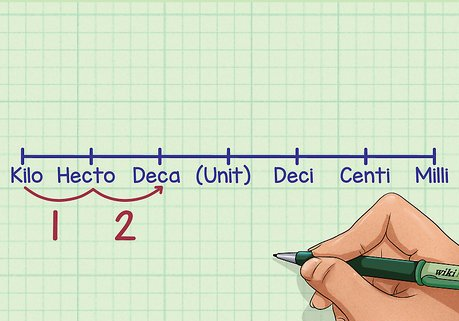
Conclusion
Now that you know 1 inch equals 25.4 mm, converting between inches and millimeters is simple. Whether you’re measuring objects, working on projects, or dealing with technical specifications, this knowledge is incredibly useful. Keep practicing conversions, and soon, you’ll master them effortlessly! These formulas are also essential at more advanced levels, such as in competitive exams like JEE and NEET, and even beyond. Understanding and applying these conversions will sharpen your problem-solving skills and give you an edge in tackling complex problems.

